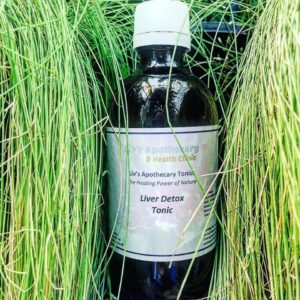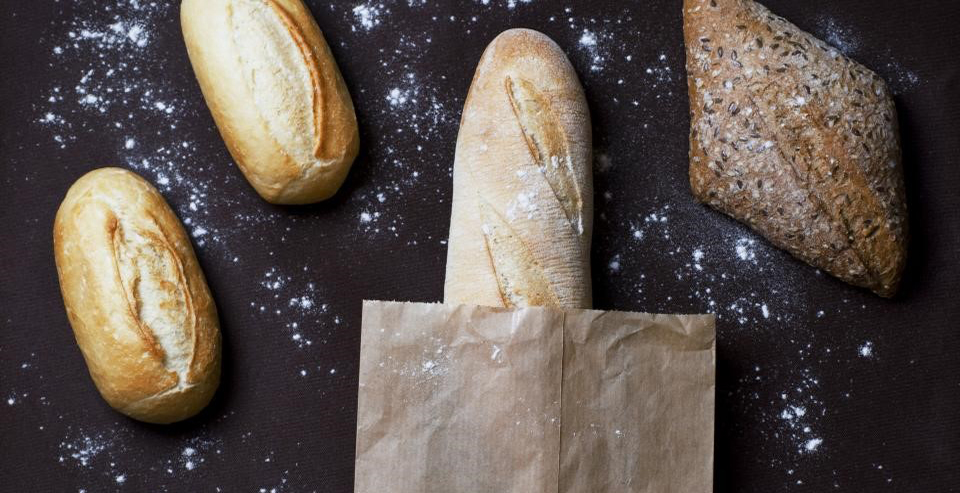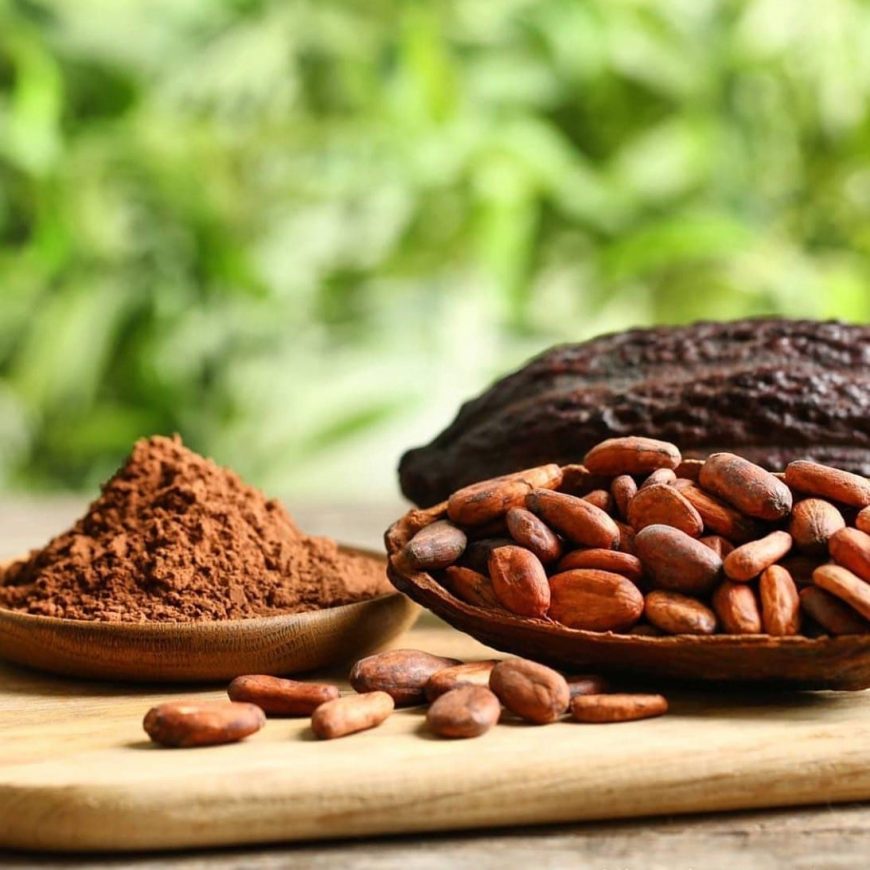Acne is the most common skin condition, which may be problematic at any age. I struggled with it during my teen years, which is one of the reasons I became so interested in nutrition. Due to my strong stance against medication, I did everything in my power to improve it naturally. I discovered that even expensive skincare and religious hygiene practices could only improve my skin a small amount.
The role of nutrition is underestimated in skin health. Acne is aggravated by inflammatory foods, producing redness and making acne appear irritated. All of the foods listed below are inflammatory to a certain degree. These foods only need to be avoided for a certain period of time to reduce acne. Eventually they may all be consumed again, but gluten, dairy, refined sugar and man-made trans fats were not designed for human consumption, so please only eat these as treats! Whereas, eggs, animal fat, nuts, seeds and cacao have a net positive effect on our health, therefore, they have a place in our daily diets.
The easiest way to determine your trigger foods is to keep a food, drink and acne diary. Write down everything you put in your mouth and note when your acne worsens or improves. It’s difficult to pinpoint culprits if you eat multiple trigger foods! So keep your diet clean and pure (organic, if possible) e.g. fruit, vegetables (abundant!), legumes, seafood, lean poultry and meat, healthy fats (avocado, olives, oil and some nuts/seeds), plus some wholegrains. This is called an elimination diet (it’s not as nasty as the name sounds!). Test one trigger food at a time, once every 3 days. Note all symptoms, not only acne. Often skin conditions are associated with digestive problems and allergies, which are both linked to intestinal permeability (leaky gut).
If you care about your skin enough, you won’t eat your trigger foods. Once you stop eating your trigger foods, you will wish you stopped sooner (trust me, I’ve been there). Good luck! If this is too overwhelming or you need more support, see me for a consultation. I can prescribe herbal medicine and supplements which are helpful for acne.
Check out my Spotless Skin for Girls Tonic.
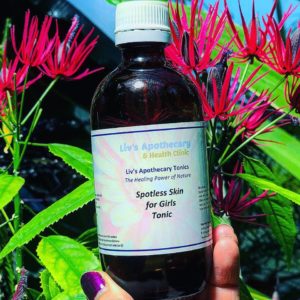
- Gluten – wheat, rye, barley and oats
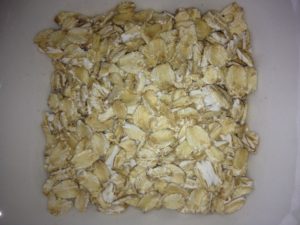 (wheat free oats may be tolerable – if they don’t say “wheat free” they are cross-contaminated on the same machinery as wheat). It causes intestinal permeability in everyone, despite if you have Coeliac disease, gluten intolerance, wheat allergy, or not
(wheat free oats may be tolerable – if they don’t say “wheat free” they are cross-contaminated on the same machinery as wheat). It causes intestinal permeability in everyone, despite if you have Coeliac disease, gluten intolerance, wheat allergy, or not
- Gluten consumption creates a substance called zonulin, triggering intestinal permeability.
- Allowing large protein fragments into the bloodstream (usually proteins are completely broken down into amino acids) sensitivities the immune system, resulting in inflammation.
- More inflammation = worse acne!
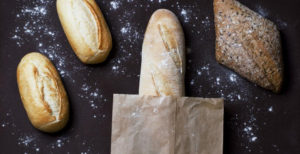
- Grains – rice, corn and gluten-containing grains. Ancient grains (grain-like seeds) are healthier – quinoa, millet, buckwheat and amaranth
- High glycaemic index (GI) and high glycaemic load (GL) as they are often eaten in large quantities.
- Spikes blood sugar, insulin and insulin-like growth factor (IGF-1).
- IGF-1 elevates testosterone, increasing sebum production (greasy substance), attracting acne-promoting bacteria.
- IGF-1 increases pore size making acne appear worse.
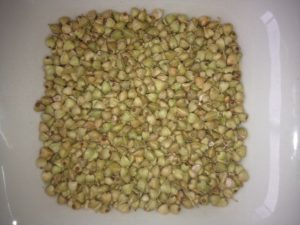
- Dairy – milk, buttermilk, kefir, yoghurt, frozen yogurt, cream, sour cream, clotted cream, butter, cheese, cream cheese, cottage cheese, quark, crème fraiche, ice-cream, gelato, condensed milk, custard, milk powder and whey, etc. Choose coconut milk/cream, almond milk, hazelnut milk, coconut yoghurt, coconut butter, coconut ice-cream, nut cheese and plant-based protein powder
- Spikes blood sugar, insulin and IGF-1.
- Increases testosterone, sebum and pore size.
- Contains quantities of IGF-1 for baby calves to grow into big cows, which humans don’t need!
- High in pro-inflammatory omega 6 fats, increasing inflammation and worsening acne (organic, grass-fed milk has a more desirable omega 6 to omega 3 ratio, which may be less problematic than conventional, grain-fed cows).

- Refined sugar – white sugar, castor sugar, icing sugar, glucose, corn syrup and agave (may be natural, but higher in fructose than high-fructose corn syrup!). Enjoy these natural sweeteners sparingly – honey, pure maple syrup (not maple flavoured syrup), rice malt syrup, rice syrup, molasses, coconut sugar/syrup, brown/raw sugar and dried fruit. Try to stick to fresh fruit for sweetness (2-3 pieces per day)
- High GI and GL, as it is abundant in the Western diet.
- Spikes blood sugar, insulin and IGF-1.
- Increases testosterone, sebum and pore size.
- Refined sugar does not nutritionally benefit us in any way. You will not become deficient in any vitamins and minerals by avoiding it!
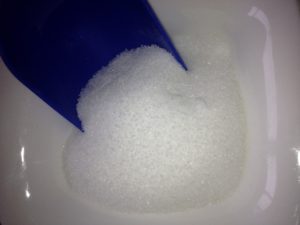
- Eggs – including baking with eggs
- High in pro-inflammatory omega 6 fats, increasing inflammation and worsening acne (organic eggs have a more desirable omega 3 to omega 6 ratio, which may be less problematic than conventionally fed chickens).
- Sometimes the white or yolk may trigger acne so experiment to see if your skin can tolerate one or the other.
- Eggs may be a superfood for some people, but to reduce acne it may be necessary to avoid them for a while.
- In some baking recipes, substitute 1 egg for 1 tablespoon of chia seeds soaked in about 3 tablespoons of water for at least 10 minutes.
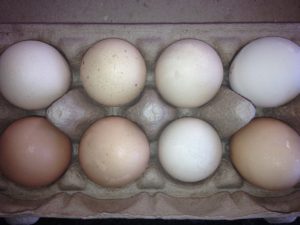
- Animal fat – lard, tallow and fat from beef, lamb, pork and chicken
- High in pro-inflammatory omega 6 fats, increasing inflammation and worsening acne (organic animal fats have a more desirable omega 6 to omega 3 ratio, which may be less problematic than conventionally fed animals).
- Western diet has an omega 6 to omega 3 ratio of 10:1 – 20:1, whereas, non-Western/primitive diets are 2:1 – 3:1 (we should strive for this for optimal health).
- Trim all visible fat off conventional meat to reduce inflammation (less necessary for organic or wild meat).
- Reducing fat intake from all sources may improve acne, as excess fat is congesting in all forms.
- Nuts and Seeds – eat almonds, cashews, hazelnuts, pistachios, pine nuts, peanuts, sunflower seeds and sesame seeds only occasionally, for vitamins and minerals
- Most are high in pro-inflammatory omega 6 fats, increasing inflammation and worsening acne.
- Choose walnuts, pecans, chia seeds, flaxseeds and hempseeds because they boast significantly higher omega 3 to omega 6 ratios.
- Macadamias and coconut are low in omega 3 and 6, having no impact on inflammation. 2-3 Brazil nuts should be included in your daily diet for selenium – this small quantity shouldn’t worsen acne.
- Pumpkin seeds contain zinc which is a vital mineral for reducing acne. Oysters are the best source of zinc, also red meat and seafood. Supplementation may be necessary, as it is difficult obtaining enough zinc in our diets due to poor soil quality that our food is grown in.
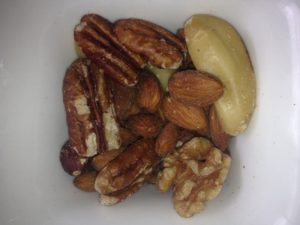
- Vegetable oil – soy, corn, canola, rapeseed, peanut, sesame, sunflower, safflower and all margarines (small quantities of peanut and sesame oil may be included in a healthy diet if acne is not present)
- High in pro-inflammatory omega 6 fats, increasing inflammation and worsening acne.
- Hydrogenated/trans fats are oils that have been heated to dangerous temperatures, degrading quality (small quantities of healthy, trans fats occur naturally in animal products). This has many negative health effects, including worsening of acne.
- For cooking use coconut, macadamia, avocado, or olive oil for low temperatures (high smoke points and stable at higher temperatures).
- For salads use olive, hazelnut, walnut, chia, flax, hemp, macadamia and avocado. Oils high in omega 3 are fragile, have low smoke points and are unstable at high temperatures.
- Chocolate, Cacao and Cocoa. Use carob powder in sweet treats for a similar chocolatey flavour
- Controversial whether acne is worsened by cacao, milk or sugar (all in milk chocolate), but they’re all culprits. Eating cacao in its raw form without sugar, milk and processing still made my skin breakout (sorry! Just keep reminding yourself that it’s not forever).
- Contains a natural stimulant called theobromine which spikes blood sugar, insulin and IGF-1, and therefore, testosterone, sebum and pore size.
- Produces an inflammatory response, worsening acne.
- If chocolate is your quick energy fix, swap it for a sweet treat containing coconut oil. Coconut oil is a unique fat containing medium-chain fatty acids (as opposed to long-chain found in other foods), which are converted directly into energy upon consumption. Additionally, it is antimicrobial and antibacterial which reduces acne-promoting bacteria on the skin. Small quantities can be applied topically, however, use sparingly. Coconut oil is thick & comedogenic (pore clogging and acne forming). It is best used as a hair oil, or moisturiser on less sensitive parts of the body.
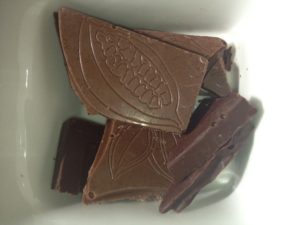
- Coffee, Alcohol and Energy drinks. Swap coffee for green or white tea (less caffeine) or herbal tea (no caffeine). Swap alcohol for water or sparkling water flavoured with citrus fruit or berries
- Absorbed quickly, spiking blood sugar, insulin and IGF-1, and therefore, increases testosterone, sebum and pore size.
- Coffee is commonly served with milk, sugar and chocolate – a recipe for acne disaster!
- Alcohol disrupts hormones, which is a key acne trigger.
- Avoid energy drinks like the plague (high caffeine + high sugar = terrible acne)!
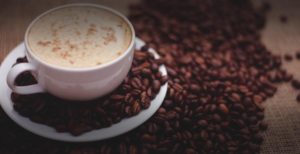
Consult with me if you have acne, I can prescribe Herbal Medicine and recommendations that support gut and liver health. Check out my Gut Cleanse Tonic and Liver Detox Tonic.
